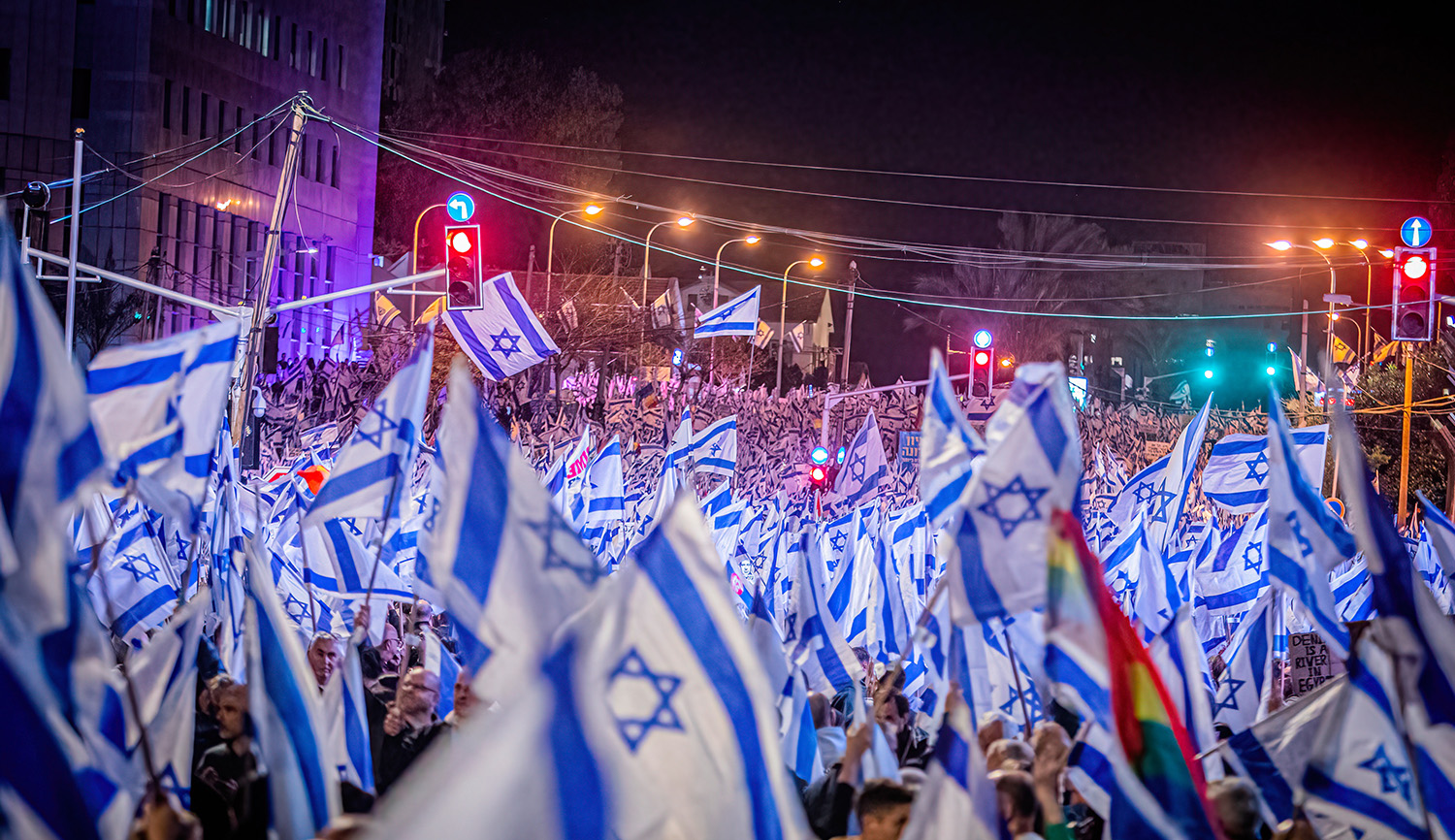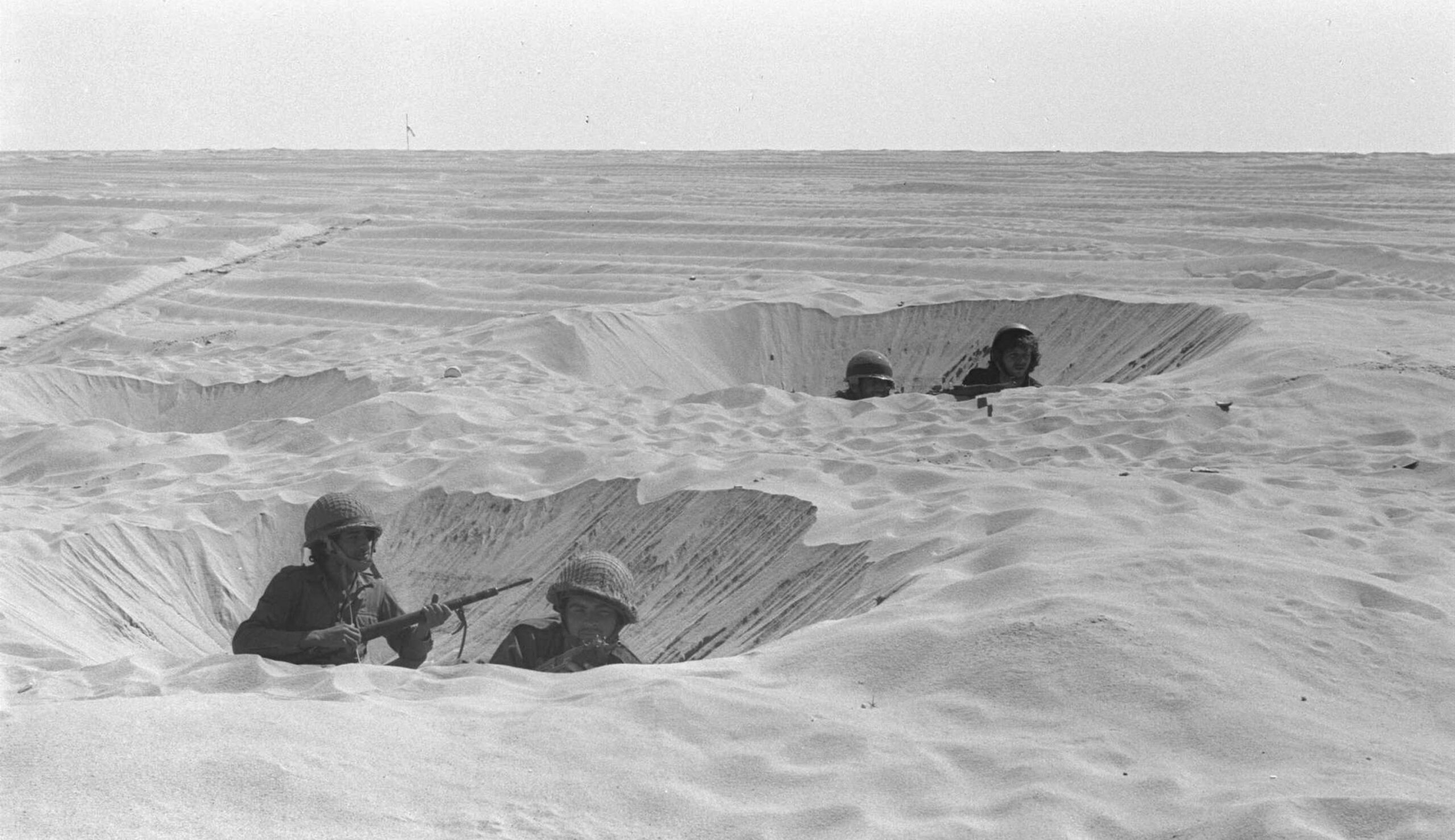Today, Orthodox Jewry is divided, if not always cleanly, between the Modern Orthodox, who embrace secular education and some openness to the non-Jewish world, and the ultra-Orthodox, who pursue greater cultural isolation and a more stringent understanding of religious requirements. Moshe Koppel notes that these categories did not apply to the many Jews he knew in his youth who had come to the U.S. from Eastern Europe after World War II. He seeks to explain how the schism came about:
[A] generation of yeshiva-educated baby boomers growing up after the war moved comfortably along the spectrum running from frum [i.e., strictly observant] and segregated to modern and assimilating. On the one hand, they inherited deep feelings of alienation and resentment toward acculturated American Jews and their establishment. On the other hand, as is common with children of immigrants, they rushed headlong into professional achievement and American culture, often including the 1960s counterculture. The resulting tension played out in many interesting ways, including various singular combinations that are fast becoming extinct.
The success of Orthodox institutions in America, especially beginning in the 1960s and 70s, has had some unintended consequences. Large educational institutions are not artisanal studios; they are instruments of mass production. Even if graduates inevitably choose their own divergent paths, these institutions define a standard against which one must self-define. Furthermore, since such institutions compete for students, they inevitably cluster around certain standard forms. . . .
Eventually, such institutions are around long enough to produce their own teachers, creating a feedback loop that narrows and hardens institutional identity. Graduates of the various standard educational types then sort themselves out to different neighborhoods, like [Modern Orthodox] Teaneck and [ḥasidic] Borough Park, where they don’t need to interact and where there is intense pressure to conform to the right stereotype.
One consequence of this is that a certain type of crossover character is disappearing. There are no more celebrated Lithuanian talmudic sages who play chess and go the opera. There are no more wives of ḥasidic rebbes studying in Hunter College. . . . [This] division of a messy continuum into distinct segregated sub-communities is merely the preliminary phase of a process in which segregation leads to polarization.
Read more at Judaism without Apologies
More about: American Judaism, History & Ideas, Jewish education, Judaism, Modern Orthodoxy, Ultra-Orthodox


